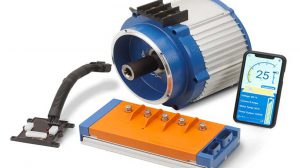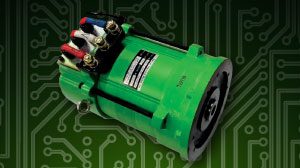Question: Jason writes ‘what is an air leak”? What does it mean?
Answer: You will hear that mentioned a lot when referring to two cycle engines. However that does apply to four cycle engines as well. Sense you have a vintage using a four cycle engine we will focus a tad more in that direction.
An air leak is basically the same thing as a vacuum leak and is just more of a term used in area’s we sometimes do not recognize as an vacuum area. Vacuum area’s are carburetor gaskets, carburetor shaft, mounting adapter, seal, fuel pick up line at tank, tank siphon tube, clamp, and engine block hose connections.
Air leaks are more of an area like air cleaner housings, air cleaner hose, or some sort of air inlet to the carburetor. The bottom line is both terms affect engine performance Think about air to fuel ratio for a moment. If we have too little air we have a rich fuel mixture and poor power. If we have too much air we have a lean fuel mixture and cannot have good engine performance. You have to have a good balance of air to fuel for good performance. With that said you can usually tell (based on good compression, spark, fuel and exhaust) some sort of air leak is draining engine performance.
Look for black soot on the spark plug, that is one good sign. Look for hard starting or not starting at all. Look for erratic idling or smoke out the exhaust. Sounds like the engine is misfiring. Loss of power is seen. As you can see this all resembles ignition issues, carburetion issues or even compression issues. You have to rule out those things first. Once we have then we look at those pesky air leaks or vacuum leaks.
Air leaks, look for loose hose clamps or an inlet hose with a hole in it. Or even a clasping hose simulating a leak or ignition problem. Look for cracks or holes in the air cleaner housing. Look for an air cleaner lid that is improperly seated, I see that a lot. Look for an air filter that is full of debris simulating an air leak. Look at any sort of crank case ventilation tube or hose with a hole in it or loose clamps.
Vacuum leaks can be, a seal, or fuel pick up tube that has fallen off. Fuel outlet hose from fuel tank sucking air around the mounting grommet. Throttle shaft sucking air or mounting adapter. Any place that has to do with vacuum you must check. Never rule out the little things and only concentrate on the larger common items. Air leaks are a part of troubleshooting a fuel system. So do not over look this. One other area that is often over looked is the gas tank cap. It has to be vented to the atmosphere or it can fool you making you think we have ignition issue or vacuum leaks. Rule things out and follow procedure and don’t just get one thought in your mind look at the whole picture.











